Get up close for a big lettuce crunch with Omo, CMZoo’s 8-month-old Nile hippo calf. Water’s Edge: Africa lead keeper, Philip, gives us an update on Omo’s latest milestones, including his first steps toward training and more explorations throughout his home.
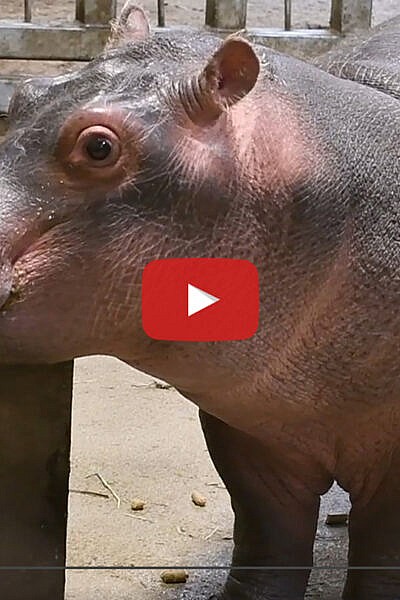

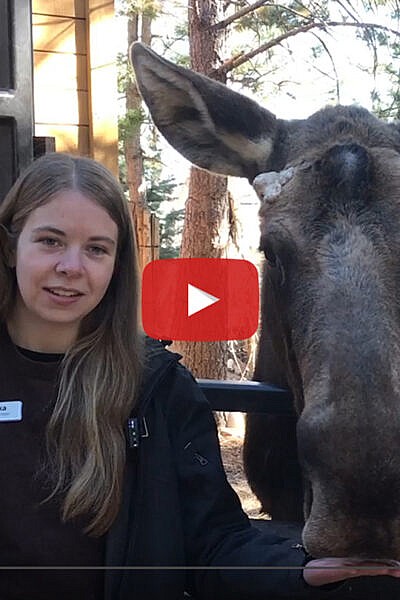

Join Atka for training! Our one-year-old Alaska moose has been busy learning new husbandry behaviors that allow his Rocky Mountain Wild team to care for him and his unique needs. Get a keepers’ eye view of hoof care and injection training with Atka, while his primary trainer, Erika, explains why and how they incorporated these behaviors into Atka’s care plan.
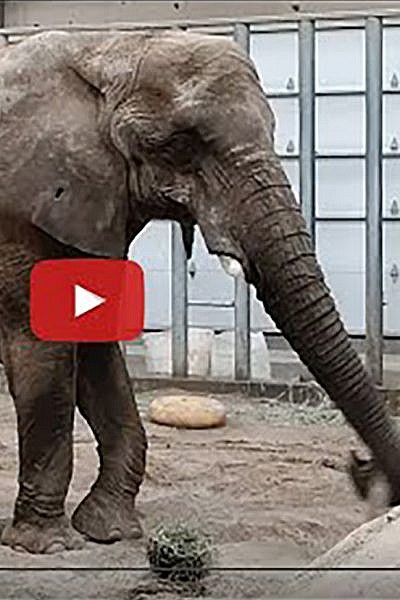

Join Jason, elephant animal care manager at Cheyenne Mountain Zoo, and Malaika for an update.
In case you missed our previous communications, Malaika has a history of health challenges, and has had far more good days than bad ones in her life. Last Thursday, we told you she was dealing with worsening mobility issues and a fluctuating appetite, which started in early February. We were really concerned about her at the end of last week.
On Sunday, we shared that she seemed to be brightening, and she was eating more. Her appetite has increased significantly over the last few days, and she has eaten nearly her normal amount of food every night since Sunday, which is great.
Her team continues to monitor and address her ongoing mobility issues. We’re hopeful because she seems to be on the right track, but we do know from this experience how quickly things can change for her. We’re cautiously optimistic, and her care team is working hard to encourage her to keep eating, drinking and moving.
Thank you for your continued support and compassion as our team navigates this complex situation. For now, we’re breathing a little easier, and we’ll let you know if we see any significant change in her either way.
To learn more, visit cmzoo.org/malaika.
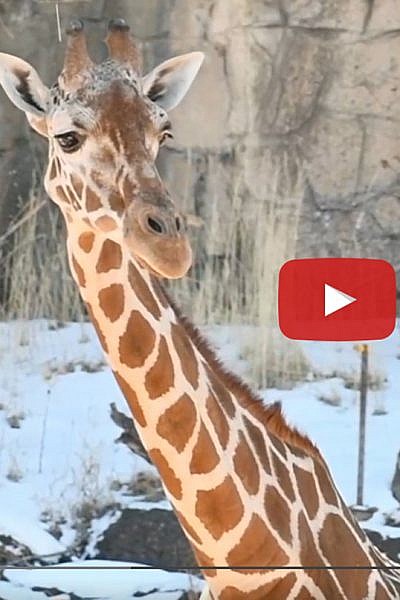

Have you experienced the magic of CMZoo in the winter yet? Some people think there’s less to see and do at the Zoo in the cooler months, but the CMZoo giraffe tower stays busy all year long, regardless of the weather.
Thanks to Colorado’s famous 300 days of sunshine, the 17-member herd explores its outdoor spaces more often than you might think. One member, Ohe, seems to like the additional natural snow ‘enrichment,’ while others get lots of yummy browse and lettuce snacks from guests.
When they’re indoors, keepers get creative with enrichment activities and spend time training the giraffe for husbandry behaviors, like hoof care. Guests can feed the herd from inside their warm barn, too, so there’s no excuse for leaving the Zoo without making a memorable connection with a new tall friend.
We’re open all year, so come and see for yourself! Advance tickets are required: cmzoo.org/visit.
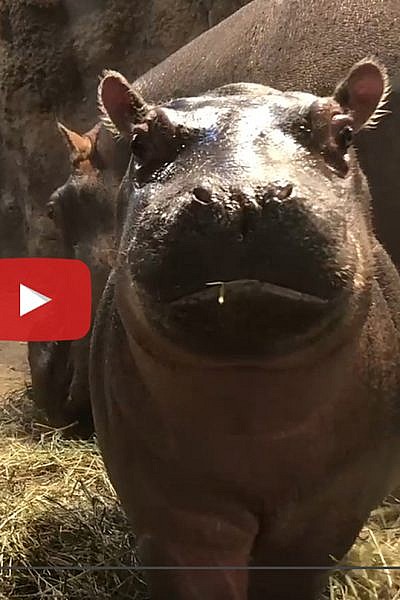

It has been six months of Omo goodness, so we’re taking a little trip down memory lane AND showing you some new up-close Omo footage. Spoiler alert: incoming Omo window boops.
From watching Zambezi embrace motherhood for the first time with such a gentle nature to seeing Omo wild out in the pools, and every nap, plop and ear wiggle in between, it’s been a joy sharing these two with you all. Happy six-month birthday, Omo!
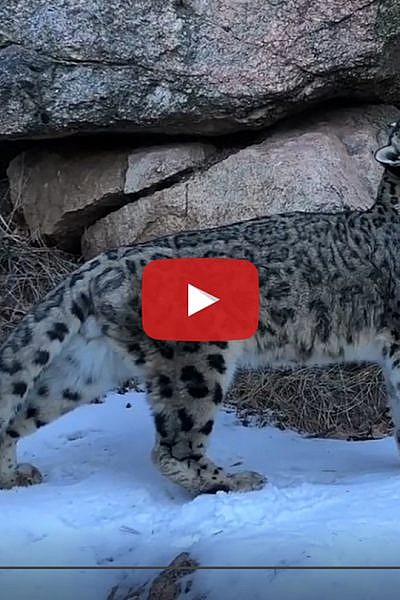

Join Bhutan, our 13-year-old snow leopard, and his keepers for snow day enrichment and training! Learn about Bhutan’s personality, his favorite scent-masking seasoning, which husbandry behaviors he’s working on, and how Bhutan is contributing to the future of his species. Make sure your volume is up to hear Bhutan’s impressive growls during his training session.
Snow leopards’ wild populations are listed as ‘vulnerable,’ according to the International Union for the Conservation of Nature’s (IUCN) Red List. Bhutan’s genetics are extremely valuable to the Snow Leopard Species Survival Plan, but he prefers a life with plenty of his own space, so traditional breeding isn’t in his future. Bhutan’s sperm is valuable because he doesn’t have offspring and has an extremely high sperm count. His sperm has been collected and is kept in a ‘frozen zoo.’ If the need arises, conservationists can pair Bhutan with a genetically valuable female snow leopard without having to involve Bhutan.
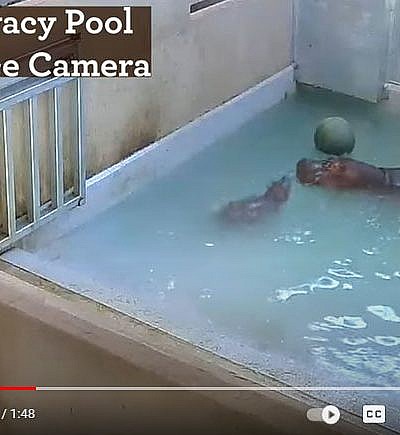

CMZoo’s four hippos have access to multiple indoor and outdoor climate-controlled pools, grassy yards, a waterfall and indoor land areas, which they take turns sharing. Omo and Zambezi chose to spend time in their privacy pool the other day, and the adorable duo had quite the pool party!
Surveillance camera footage caught 5-month-old Omo jumping, splashing, playing with floating enrichment and climbing on Zambezi. 29-year-old Zambezi, Omo’s mom, gets in on the fun, too, encouraging him to ‘chase’ her in the water and having her own fun with the floaties.
Learn more about Omo here: https://www.youtube.com/playlist?list=PLUd9bK-IbrIMxpwuRlrLaZfU4fFwB9cPG
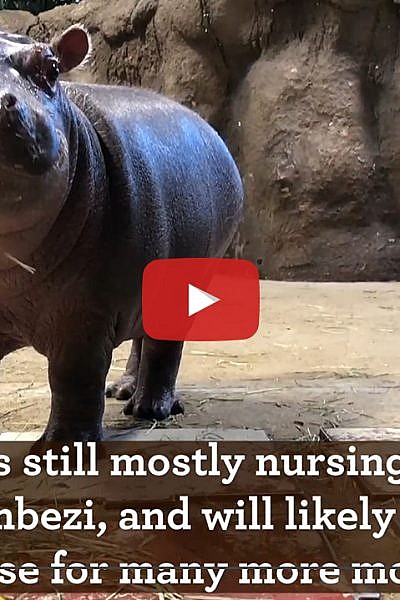

December was a big month for CMZoo’s smallest hippo. He just broke the 300-pound mark! Five-month-old Omo is consistently eating solid foods now, but he’ll continue nursing for several months to come. He’s also getting more confident, showing he’s comfortable around new enrichment items, like big boxes and boomer balls.
Omo is also meeting his neighbors. Watch as he says hello to common warthogs, Alexander and Penelope, through a fence, and gets nose-to-nose with his aunt, Kasai.
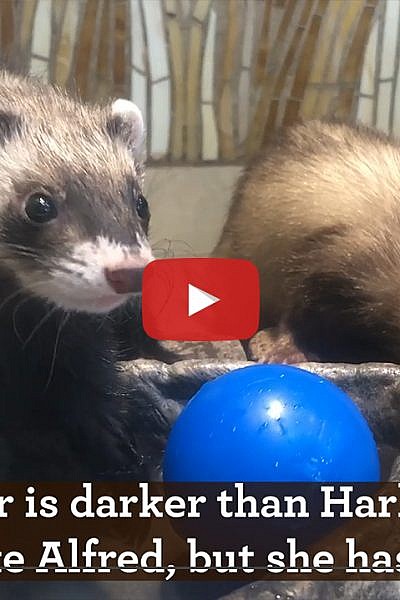

The Loft is now home to three domestic ferrets! Nine-month-old female domestic ferret, Cyclone, has joined Alfred Pennyworth and Harley Quinn at CMZoo. Watch as Cyclone enjoys one of her favorite enrichment activities: a ball pit!
Cyclone has lighter fur than Harley. Her markings are similar to Alfred’s, except her nose is black, as his is pink. Next time you’re at CMZoo, swing by The Loft to say hello to this energetic trio!
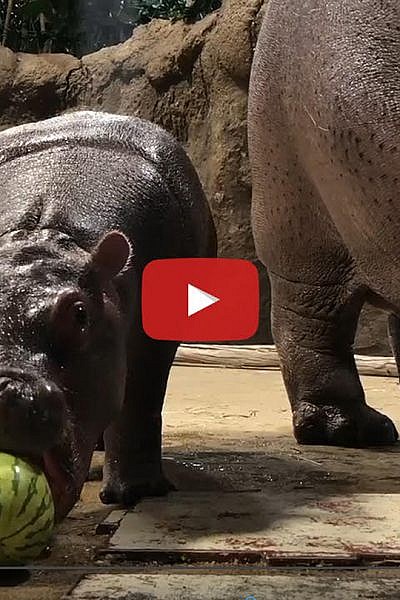

Four-month-old Nile hippo calf, Omo, is growing and learning every day. Although he’s still nursing to get all of the nutrients he needs, he has started to explore solid foods. Because his parents, Zambezi and Biko, and his aunt, Kasai, love to smash watermelons, we couldn’t resist seeing if Omo would be interested in this little melon, sized perfectly for our little hippo.